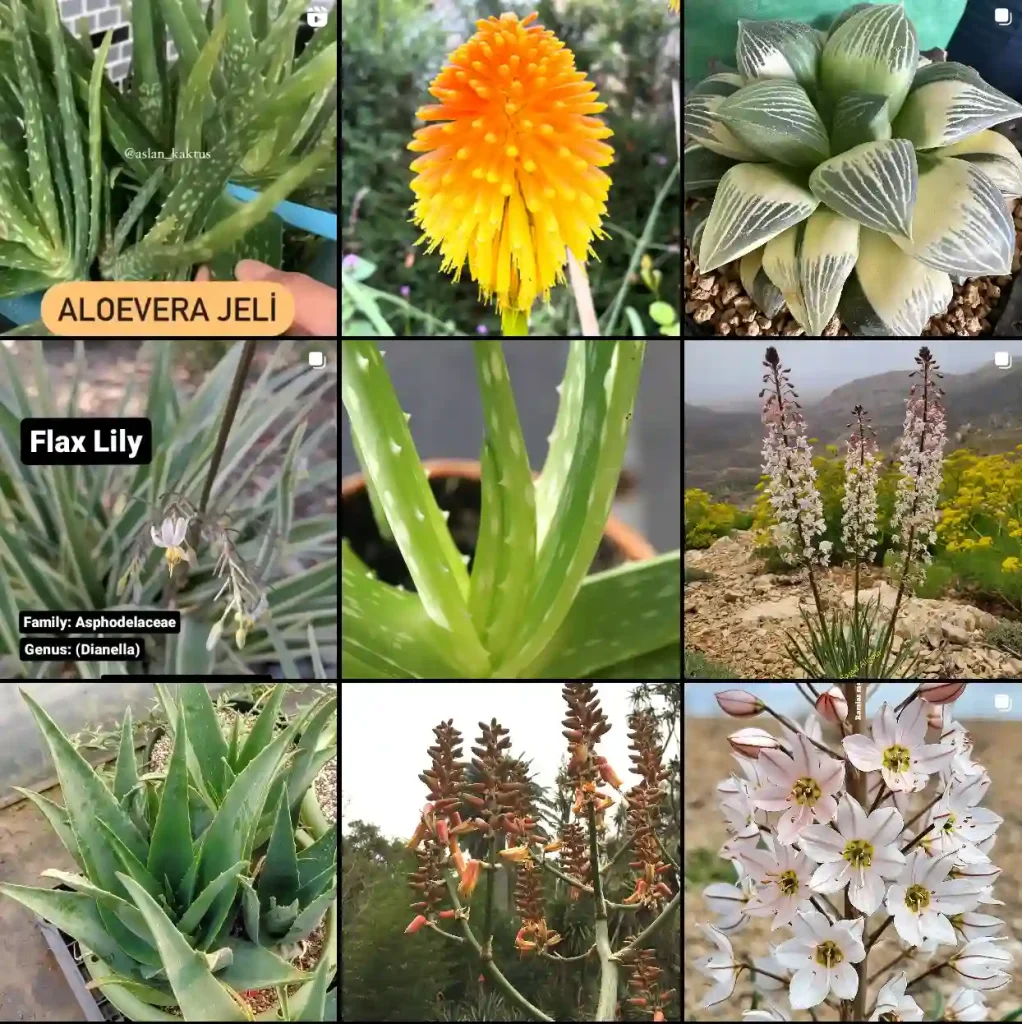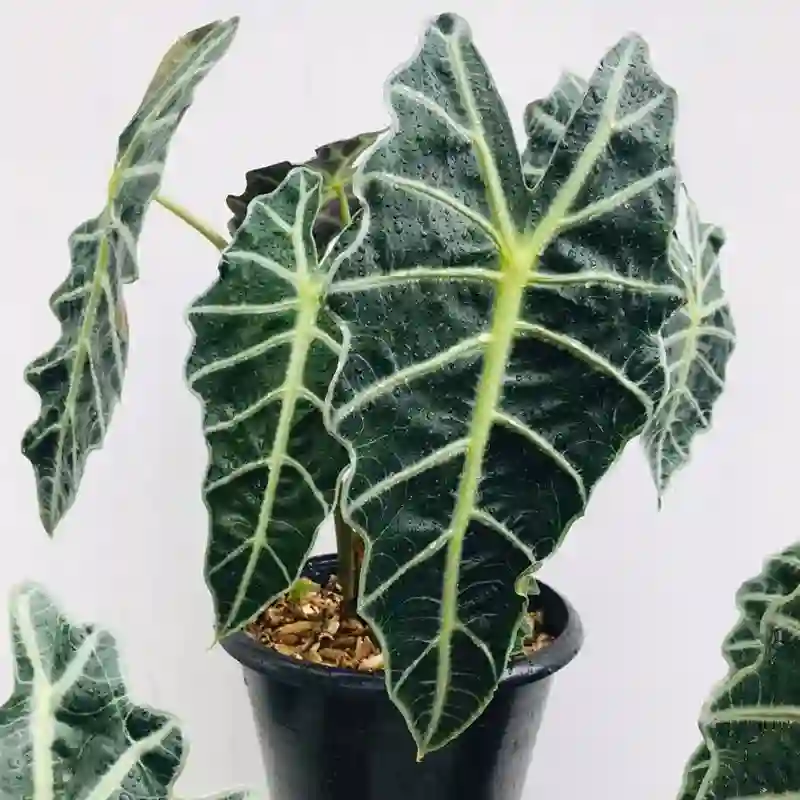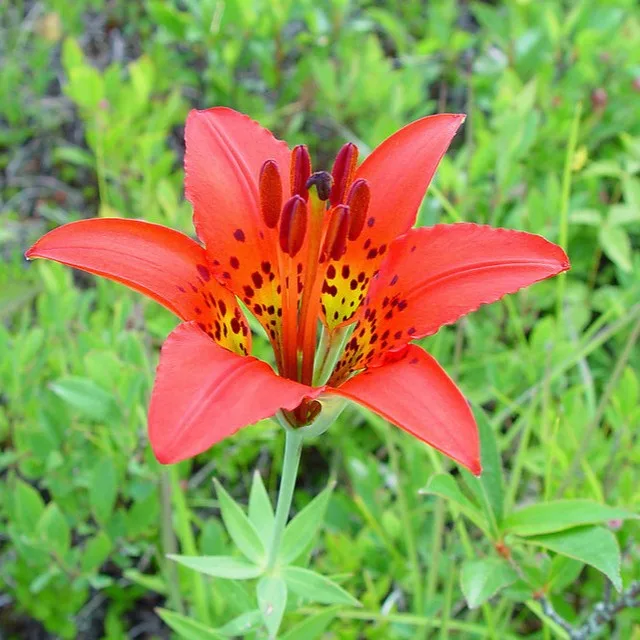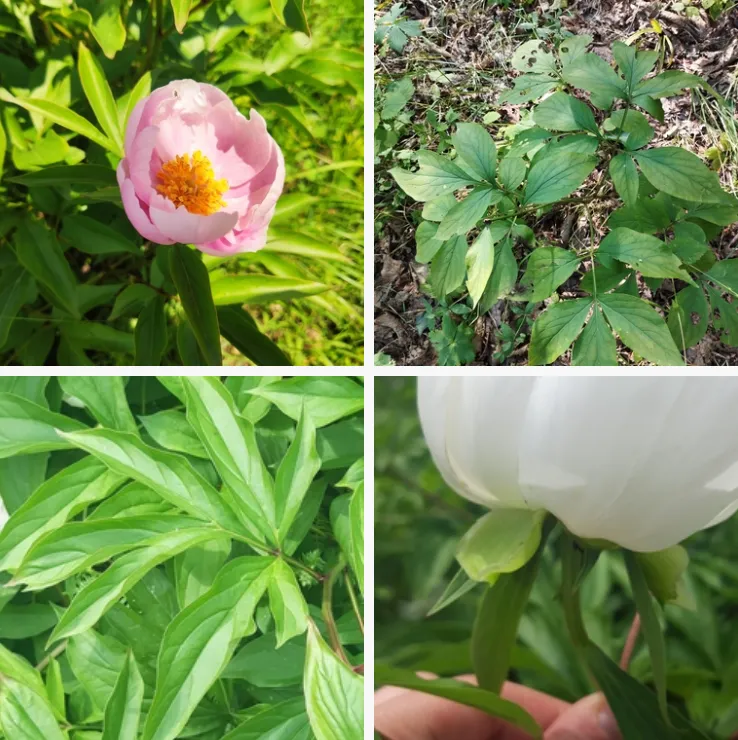Anthurium Waterburyanum: Unveiling the Velvet Jewel of the Aroid Family
Hi everyone, Ferb Vu here! Today, we’d delve into the captivating world of Anthurium Waterburyanum, a plant coveted by collectors and enthusiasts alike. This stunning aroid boasts not only impressive foliage but also a fascinating story behind its name. Let’s unravel its secrets and equip you with the knowledge to cultivate this tropical treasure.
1327 Species in Genus Anthurium
What is Anthurium Waterburyanum?
Anthurium Waterburyanum is a hemiepiphytic aroid, meaning it can thrive both terrestrially (in soil) and epiphytically (on other plants) in its natural habitat. This Ecuadorean native flaunts large, velvety, deep green, heart-shaped leaves that can grow remarkably big. Unlike its flashy Anthurium cousins, Waterburyanum’s beauty lies in the sheer size and texture of its foliage, with a more subtle vein structure.
Honoring a Botanical Legacy: The Story Behind the Name
This Anthurium is named after the remarkable Bette Waterbury, the co-founder and first president of the International Aroid Society. A tireless advocate for aroid education, research, and cultivation, Waterbury’s dedication left an indelible mark on the botanical world. Anthurium Waterburyanum serves as a lasting tribute to her passion and contributions.
Anthurium Waterburyanum vs. Other Anthuriums: Highlighting the Differences
While many Anthuriums are known for their vibrant flowers and prominent veining, Waterburyanum stands out for its focus on foliage. Its velvety, oversized leaves create a dramatic impact, making it a conversation starter in any indoor jungle. Here’s a quick comparison:
- Flowers: Classic Anthuriums boast brightly colored, heart-shaped flowers (spathes) that steal the show. Waterburyanum prioritizes impressive foliage, with flowers being relatively inconspicuous.
- Leaves: Waterburyanum’s large, velvety, deep green leaves are its defining feature. Other Anthuriums often have smaller, glossier leaves with prominent veins.
- Care: Both require bright, indirect light and well-draining soil. However, Waterburyanum might appreciate slightly higher humidity.
How to care for Anthurium Waterburyanum?
Bringing a Waterburyanum into your home guarantees a touch of the tropics. Here’s how to ensure it flourishes:
- Light: Aim for bright, indirect light. Avoid harsh, direct sunlight that can scorch the leaves.
- Watering: Water deeply when the top inch of soil dries out. Avoid overwatering, as this can lead to root rot.
- Humidity: Moderate to high humidity is ideal. You can use a humidifier, pebble tray, or group your plants together to create a more humid microclimate.
- Soil: A well-draining, airy potting mix is crucial. Aroid mix or orchid bark-based mixes are good options.
- Temperature: Maintain consistent temperatures between 65-80°F (18-27°C). Avoid sudden temperature fluctuations.
- Fertilizer: A balanced fertilizer diluted to half strength can be applied during the growing season (spring and summer).
Propagation: Sharing the Velvet Love
Sharing the beauty of your Waterburyanum is easy! Here are two common propagation methods:
- Division: If your plant is mature and has multiple crowns, you can carefully divide it into separate pots with well-draining soil.
- Stem Cuttings: Take stem cuttings with at least one node and aerial roots. Plant in a pot with a damp, well-draining mix and maintain high humidity for successful rooting.
Common Problems and Solutions: Keeping Your Waterburyanum Healthy
While generally low-maintenance, a few potential issues can arise:
- Brown Leaves: This can be caused by underwatering, overwatering, or excessive light. Adjust your watering routine and provide appropriate light.
- Yellowing Leaves: Older leaves naturally yellow and fall off. However, excessive watering or nutrient deficiency can also cause yellowing.
- Pests and Diseases: Monitor your plant for common houseplant pests like mealybugs or spider mites. Treat them with insecticidal soap or neem oil solution. Fungal diseases due to overwatering can be prevented with proper drainage and air circulation.
Conclusion: The Allure of Anthurium Waterburyanum
Anthurium Waterburyanum, with its captivating velvet foliage and connection to botanical history, is a true gem for plant enthusiasts. By following these care tips, you can cultivate a thriving specimen that will add a touch of lush elegance to your indoor space. Happy planting!
If i die, water my plants!



